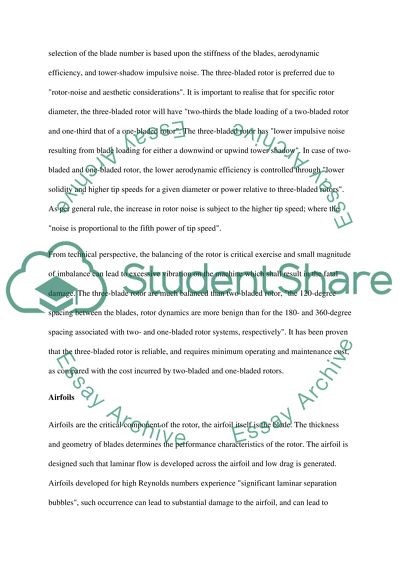Cite this document
(“Modern Manufacturing Assignment Example | Topics and Well Written Essays - 2500 words”, n.d.)
Retrieved de https://studentshare.org/technology/1524991-modern-manufacturing
Retrieved de https://studentshare.org/technology/1524991-modern-manufacturing
(Modern Manufacturing Assignment Example | Topics and Well Written Essays - 2500 Words)
https://studentshare.org/technology/1524991-modern-manufacturing.
https://studentshare.org/technology/1524991-modern-manufacturing.
“Modern Manufacturing Assignment Example | Topics and Well Written Essays - 2500 Words”, n.d. https://studentshare.org/technology/1524991-modern-manufacturing.


